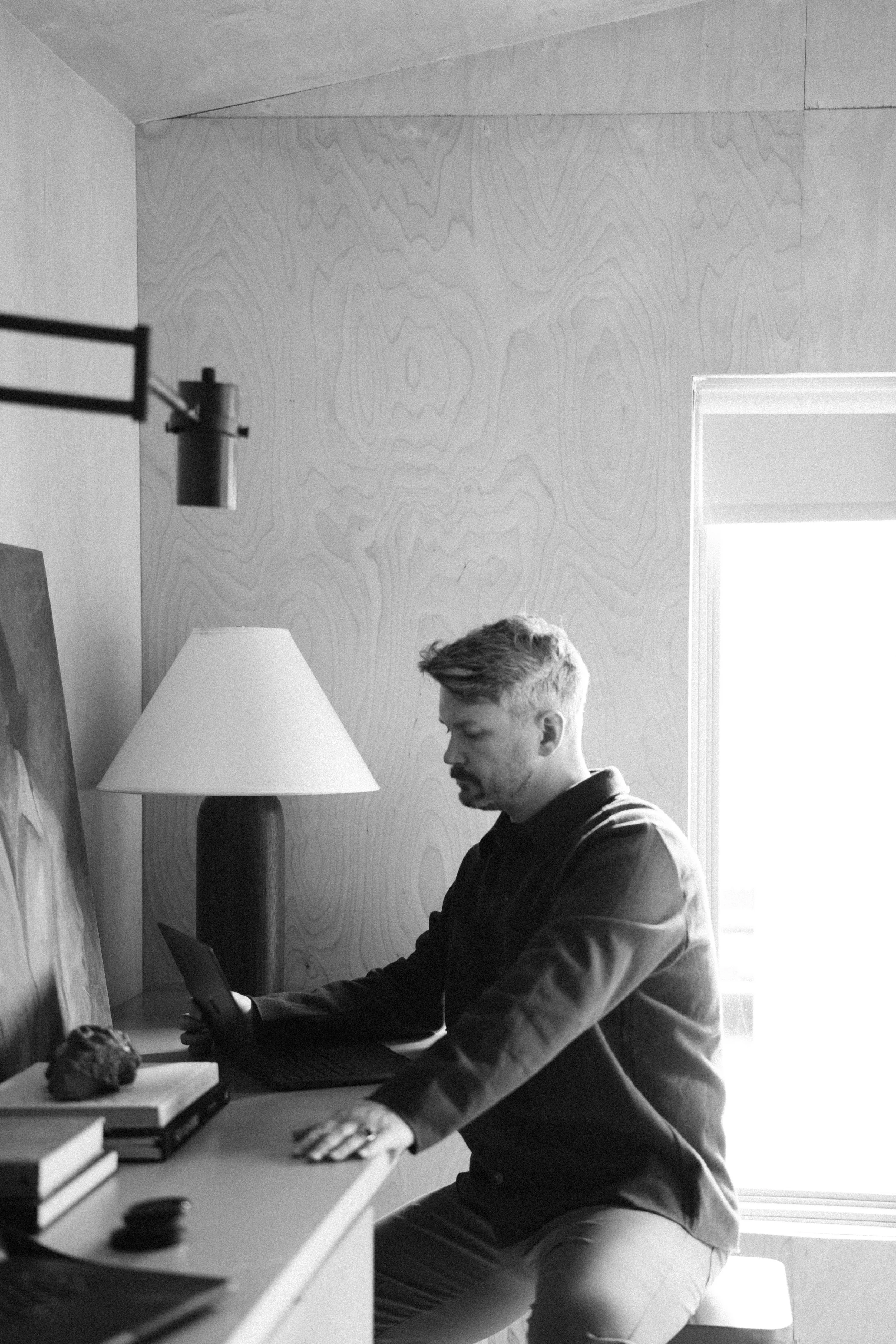Interior Designers: 5 Essential Things to Include in a Strong Pitch to Editors
Photos Aren’t the Problem: Why Your Interior Design Work Isn’t Getting the Exposure It Deserves
You’ve put in the work.You’ve poured your creativity into a space that’s functional, beautiful, and layered with intention.You even invested in professional photography - maybe styled it yourself, stayed up late tweaking captions, and shared it across social.And then… crickets.No feature. No editor email. No surge in dream-client inquiries.If this sounds familiar, you’re not alone - and you’re not doing anything wrong. But here’s the truth most designers don’t hear:Your photos might be stunning, but they won’t do the work for you.The Marketing Struggle Is Real - And You’re Not the Only One Feeling It
Most designers didn’t enter this field to become content creators or marketers.
You’re a problem-solver, a visual thinker, a creative force.But today, it feels like “having great work” isn’t enough. You’re told to:Post moreStay consistentGet featuredBuild your brand
But no one tells you how to actually make that happen - without burnout or wasted effort.You don’t need more content.
You need the right kind of content - with a clear strategy behind it.Jeff Jones
The Pitch Is the Missing Link
Designers often assume their work will speak for itself.
But editors, potential clients, and collaborators? They need more than pretty photos.They need a story - a reason to pause, pay attention, and connect.That’s where a well-crafted pitch can change everything.
When done right, it positions your interior design photography within a narrative that people want to read, feature, and share.Whether you’re submitting to a magazine, applying for an award, or simply trying to increase your reach, how you present your work matters.5 Essential Things to Include in a Strong Pitch to Editors
When you're pitching your project, clarity and relevance are everything. Editors are looking for more than beautiful design—they’re looking for a story that resonates. Here’s what to include:1. A Clear, Compelling Story Angle
Editors aren’t just looking for pretty—they want to know why this project matters. What’s the hook? Is it a unique lifestyle, a surprising design twist, or a cultural connection?Example: “A single mom’s modern farmhouse inspired by her childhood in the South — blending heirlooms with clean-lined custom pieces.”2. Strong, Editorial-Style Photos
You’ll need high-resolution images that feel editorial, not just portfolio-style. Include:Full room shotsDetail momentsWide + vignette viewsPortraits of the designer or homeowner (optional but adds value)
3. Project Info & Location
Give editors the essential details:Project name or client initialsCity and stateHome type (new build, reno, historic, etc.)Timeline or budget (optional but helpful)
4. Design Credits & Collaborators
Be sure to credit all contributors:Designer(s)PhotographerArchitect, builder, and stylist
This makes crediting easy and increases your chances of exposure when collaborators share the feature.5. A Short, Personal Pitch Email
Keep your pitch brief, professional, and personal:Mention why you’re reaching out to that editorTease the story angleOffer a link to view more if they’re interested
Pro Tip: Don’t attach every photo or detail up front. A short, enticing email that gives editors the option to ask for more tends to work best.Ready to Learn How to Pitch Like a Pro?
Sign up for the newsletter and get the free mini-training: “How to Write a Pitch That Gets You Published.”
You’ll learn:What editors are really looking forA simple storytelling framework that works for any projectWhy great photos alone aren’t enough - and what to do instead.
This is the strategy I teach to designers who are ready to turn their projects into press-worthy stories.
Delivered straight to your inbox.You Don’t Need More Content. You Need a Smarter Way to Share It.
This isn’t about becoming a full-time marketer.It’s about learning how to confidently pitch your work - and get it seen by the right people.You already have the talent. The portfolio. The vision.Now it’s time to bring that work to life in a way that builds your brand and opens new doors.No more guessing.
No more hoping your photos speak for themselves.
It’s time to pitch with purpose - and get the exposure you deserve.




